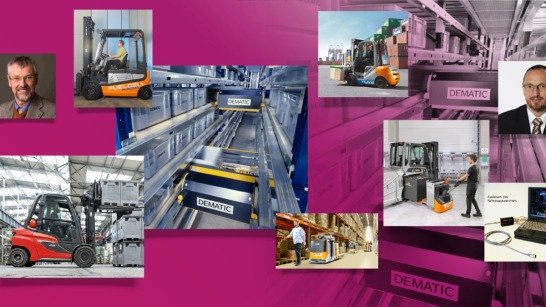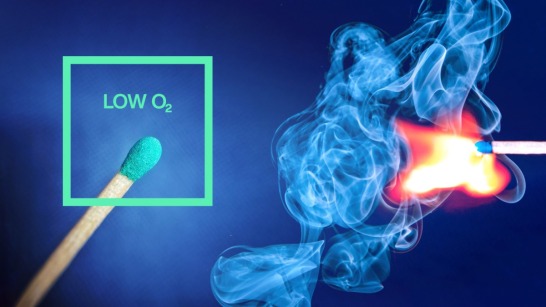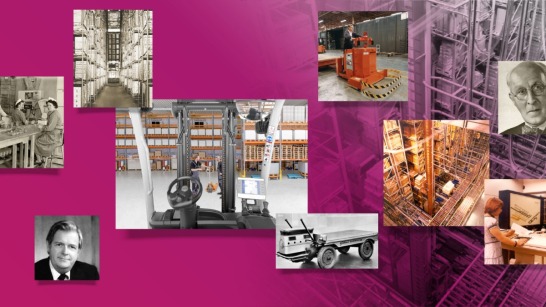
Helping to shape logistics innovations & industrial revolutions
The patent portfolio of the KION Group and its subsidiaries includes 2,863 inventions to date, and that number is rising all the time. Each of these patents is the result of the pioneering spirit of our engineers and developers, whose achievements we are showcasing to celebrate Engineers Week. It is thanks to their efforts that we have always been able to shape intralogistics through our innovations. After looking back at the pioneering achievements of our inventors from 1922 to the 1970s in the first part of our series, we now embark on an exciting journey through time to the most important innovations in our industry, from the Third Industrial Revolution in the 1980s to today – and even a little beyond.
2021-02-24










